
The Music, the Technology, and the Philosophy
Finding The Missing - Phantom Fundamental - A Different Point of View

The Music, the Technology, and the Philosophy
Finding The Missing - Phantom Fundamental - A Different Point of View
I received my degree in vacuum tube electronics technology in 1966 from Union Technical Institute. The faculty was comprised of degreed employees from the cutting edge Electronics Industry Corporations located here in New Jersey. My teachers held engineering positions with industry giants like RCA, Lockeed, Bell Labs, and Tungsol. Included was a two week Value Engineering Seminar conducted by representatives from the Bell Labs think tank. In my graduating year IBM sent a bus for a field day trip to tour their Endicott New York complex to recruit students from UTI.I continued my education through "Industry" involvement in the Music, Audio, and R&D fields since.
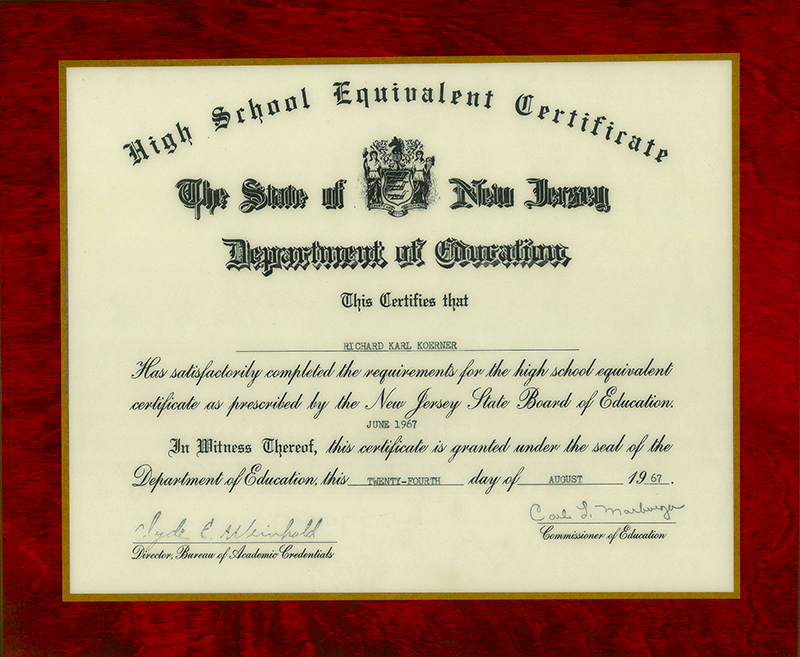

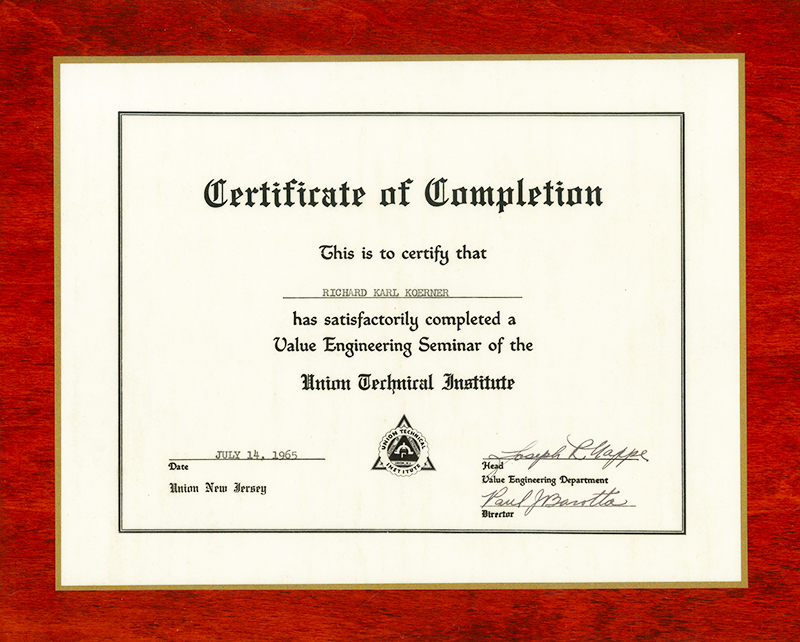
The first notion of a "missing fundamental" appeared in the published works of Hermann Helmholtz. It was when the marketing departments of audio products started using their latest buzz term "the psychoacoustic effect", that Helmholtz became a popular read.
We are going to listen to a musical piece titled, "Salute to Ray Charles", from the Ramsey Lewis Trio 1963 release, "Barefoot Sunday Blues". The musical instruments you will hear are Drums, Acoustic String Bass, and the standard 88 key Studio Grand Piano.
There are now some very specific questions that need to be asked about this musical piece of recorded music.
1. By what road were these musical sounds "captured" to be later "reproduced" sometime in the future?
2. By what standards, if any, can we conclude we BOTH heard the exact SAME musical sounds at our separate listening locations?
3. Is there any way to know if what we both just listened to is an accurate "reproduction" of the sonic energy initially created by the musical instruments at the time of this "captured" recording?
4. After all, how would you expect to detect a missing polar bear in a blizzard outside your home when your window pane is not 100% perfectly crystal clear to view the finest of details?
Consider the following:
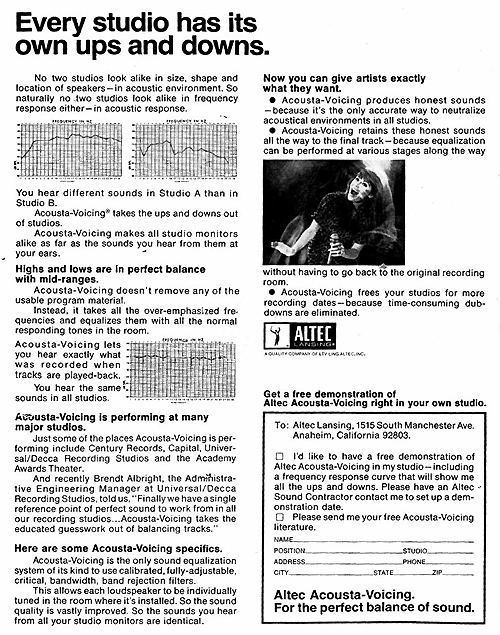
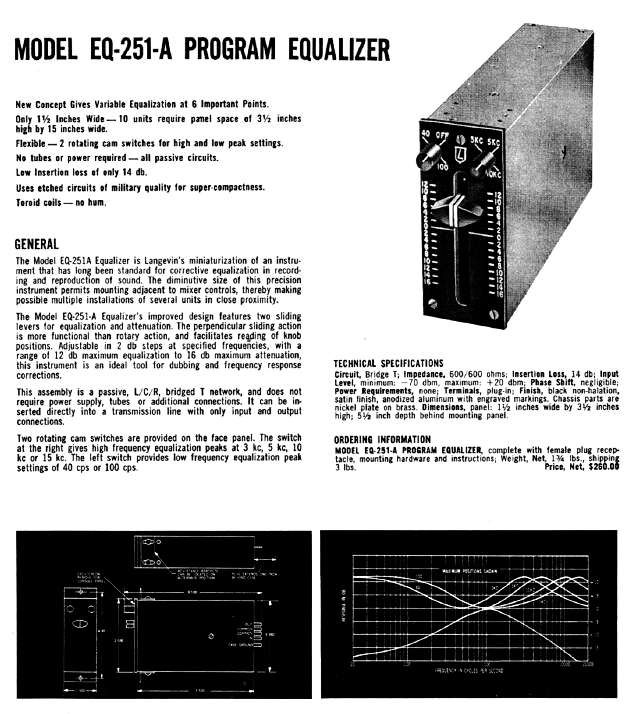
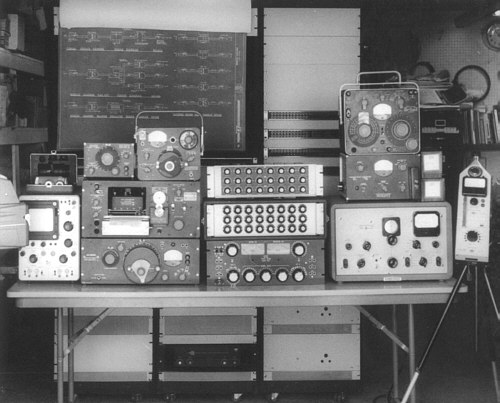
This may look like Stone-Age Technology to many of you.
However, it was the vacuum tube that made sure the ICBM
hit the target, and was on board early manned space flights.
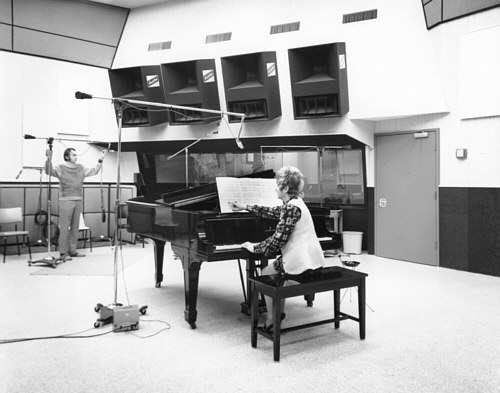
Yet, it was studios that looked something like this that gave us some of
those recordings today's technology can not equal.
How many VACUUM TUBES do you think studios of this type had in use?

Frank Sinatra Columbia 1943
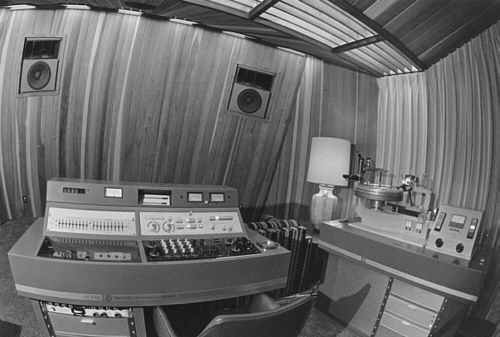
How many VACUUM TUBES are in use in this old school 100%
analog Mastering Studio?
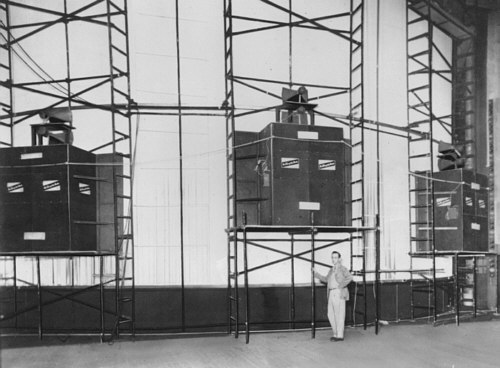
An old school large Motion Picture venue Altec Acousta Voiced
100% analog sound system.
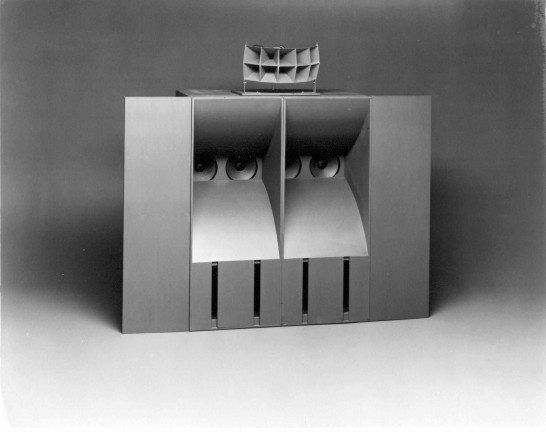
The Academy of Motion Picture Arts and Sciences immediately began tests of the new A-4 system that confirmed the sonic improvements. By 1955, the Academy adopted the "Voice of the Theater" as the industry standard for motion picture playback.
There is no question that there is a missing phantom fundamental to be found in a lot of recordings we've all listened to since recorded music started. I searched the audio forums, and found there is a lot of dialog and debate on the actual existence of this Missing or "Phantom Fundamental", in the first place.When the psychoacoustic effect enters their equation, you can find yourself in that Twilight Zone chasing PHANTOMS real quick. In one of the audio forums, after reading 30+ pages, I pulled the plug.
It was nothing more than a class lesson out of a Physics book. It's nice to take the relationship of one or more computer generated tones to produce the desired effect that proves some point in their Missing/Phantom Fundamental debate. Yet, final resolve with real practical applications never appeared. They're caught in the Twilight Zone. I found no examples of their subject matter applied to an actual piece of recorded music.
For example, this article from johnshopkins.edu Enough already with this NeuroScience monkey junk. Let us focus on the MUSIC with the all sonic reproduction elements involved.
At the top of this page, Altec Lansing explains their Acousta Voice system as a practical way to unite all recording studios to one common standard.
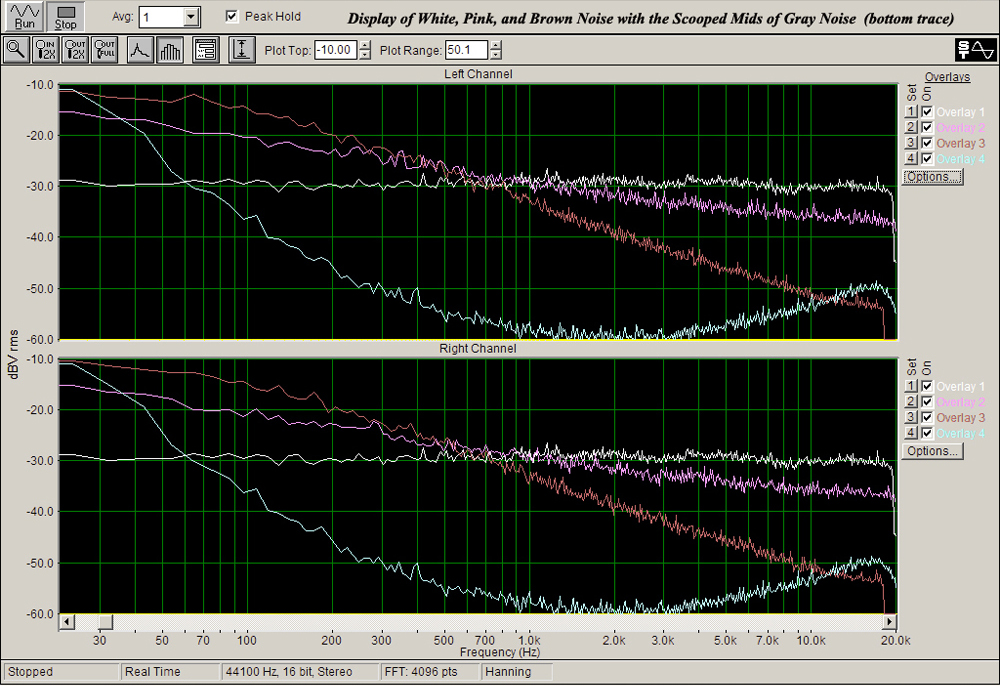
The above RTA, Real Time Analyzer, graphic represents the spectrum of white noise, pink noise, and brown noise.NOTE - the spectrum intersection of these white, pink, and brown colors of noise. They are the
best tools to have when properly used with an RTA in the recording studio and LIVE sound concert venues.In my research on the internet, I discovered the existence of gray noise. This is a psychoacoustic based creation. When I ran the gray noise download through the RTA, I found my response trace did not exactly match theirs. So much for chasing phantoms in the Twilight Zone's world of virtual reality. Clearly, gray noise has no place in the real world of accurate music reproduction.
In all recording studio environments, standards, like Altec's Acousta Voicing, can be established
and maintained when the architectural acoustics in the control room are held constant.The same is true of any system you use to listen to your music. From the everyday computer with its speakers, to the home theater system, to the stereo system in your car, a single unifying standard is REQUIRED.
There cannot be Accuracywithout an established standard. As it is with the audio you listen too,
so it is with the video you watch. Producing great videos REQUIRES both audio and visual Accuracy& Precision.The live sound FOH (Front of House) engineer inherits the architectural acoustics of each and every venue they find themselves in. Some venues may have great acoustic characteristics and others may have the acoustic characteristics of a bullet shot inside a tin can. The FOH engineer's success is dependent on the type of speaker cabinets available, full range verses frequency specific speaker cabinets, their knowledge of the architectural acoustics of the venue they've inherited, in order to assemble the best system consist and construct for that venue.
Note the architectural differences of the following venues.
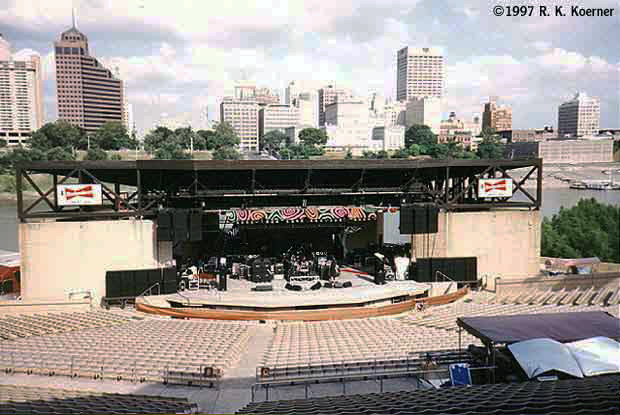
One of many Shed type venues found across the USA.
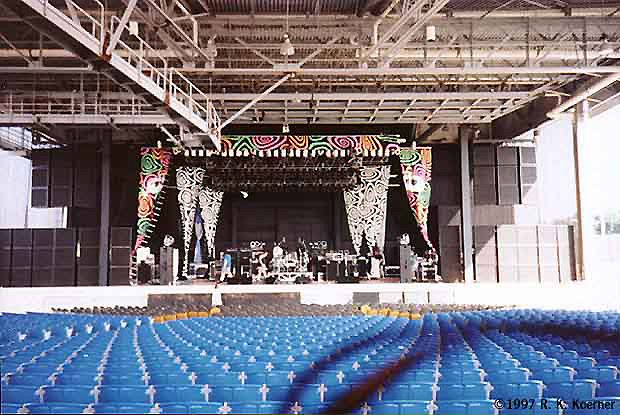
Full system setup in one of the Shed type venues
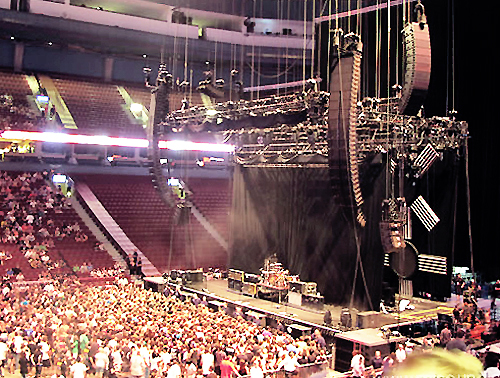
Hockey arena concert setup
I sure hope they fly the center section array before show time at Radio City Music Hall for the center section.
The FOH Golden Rule for Venue of this type is, when you can't hear the stage... the system is too LOUD.
Now, Let's Check Out A "World Class" Concert Hall
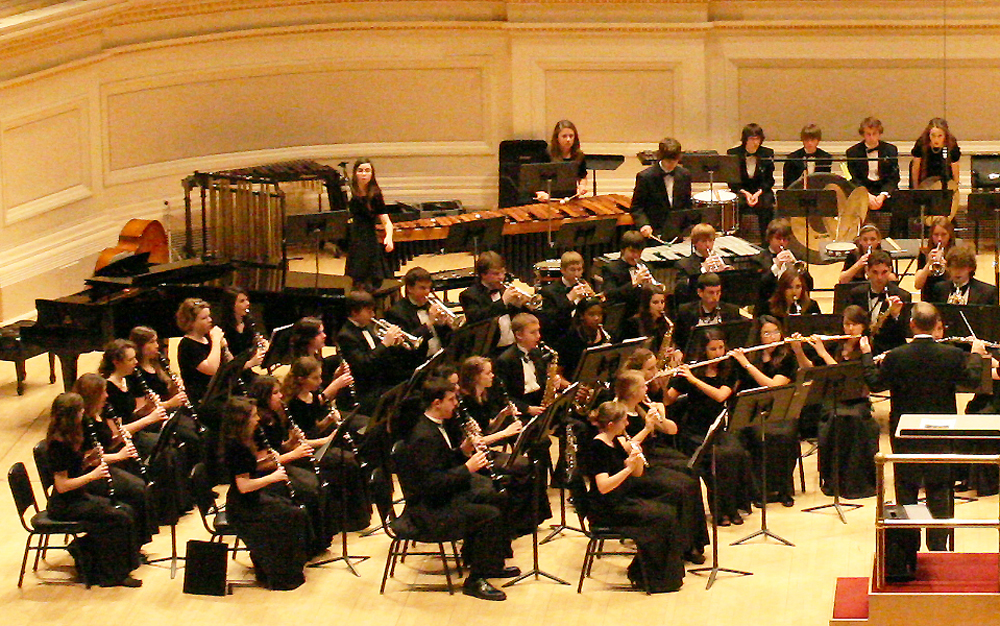
Notice the seating placement of the different musical instruments
on this side of the stage.
Which musical instruments are very directional versus more omni
directional?
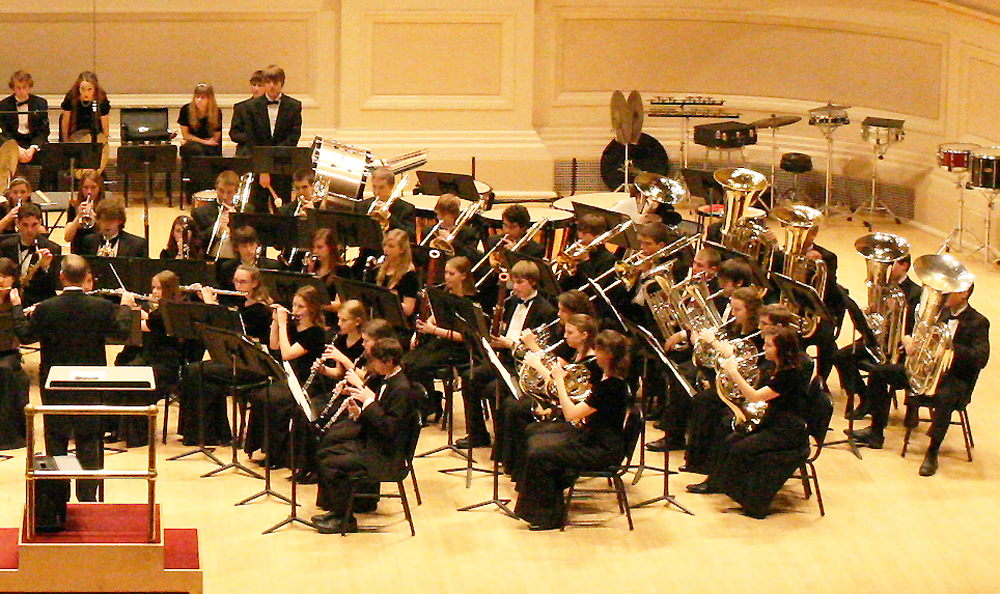
Again, note the seating placement of the different musical instruments on this side of the stage.
Which musical instruments are very directional versus more omni directional?
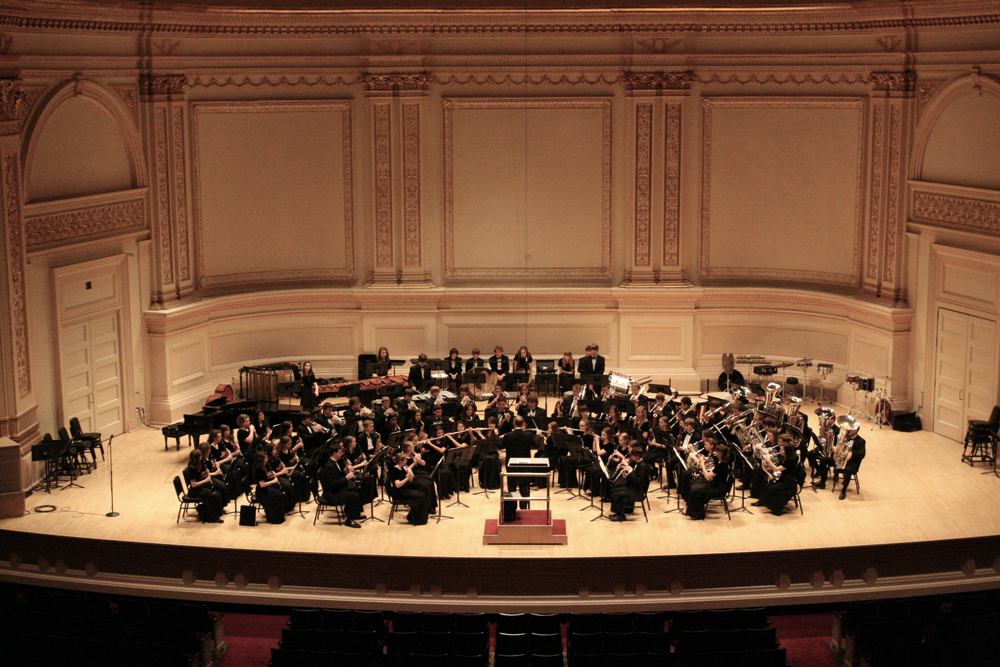
NOTE the stage's acoustic architecture. The Sonic Energy created here must fill the rest of this concert hall.
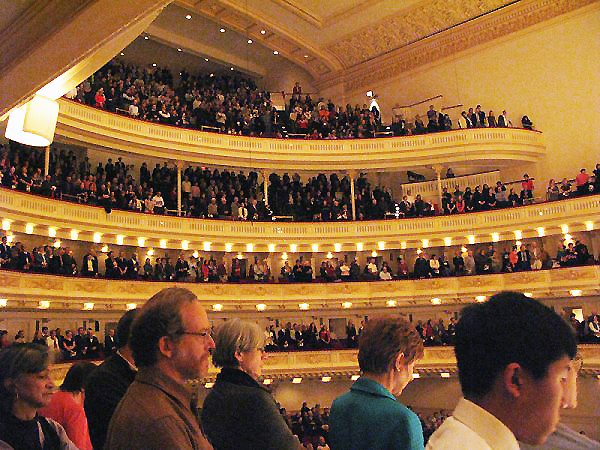
Another view of this Concert Hall's acoustic architecture

Notice this view of the Concert Hall's acoustic architecture
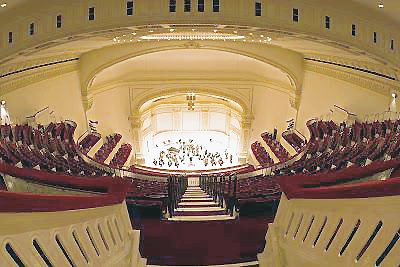
This is the grand view of this Concert Hall's acoustic architecture
It's Mother Nature At Her Best!
Established considerations:
1. Without a fundamental tone present, there can be no harmonics above or below that same tone.
2. When the ear hears a group of harmonics, the loudest harmonic becomes the fundamental.
3. Unnoticed harmonics can exist in a predominant fundamental.
4. When any element in recorded music is truly NOT present, there is NO possibility of enhancement.
Consider the differences between the following two examples.
1. ray-1.mp3 13.3 mb (the original example from the top of this page).
2. ray-2.mp3 13.3 mb (enhanced version of the original example)With these four considerations STILL in place, listen to the following example.
ray-1-A440-harmonics.mp3 13.5mbThe musical note -A- is selected as the center frequency at 440 Hz. Above and below that A-440
center point, two more -A- notes are selected an octave apart.What you are hearing is the -A- note harmonics very tightly targeted and enhanced at A-110Hz, A-220Hz, A-440Hz, A-880Hz, and A-1760Hz.
Listen to each track, left side then right side, by itself.
NOTE - Which instrument and/or which combination of instruments produced which harmonics heard.Notice the harmonics contained in the snare drum, and especially the drum rolls near the end of the musical piece. (See attached RTA-1 and RTA-2 screen shots)
Next, listen to both sides together to experience the total.
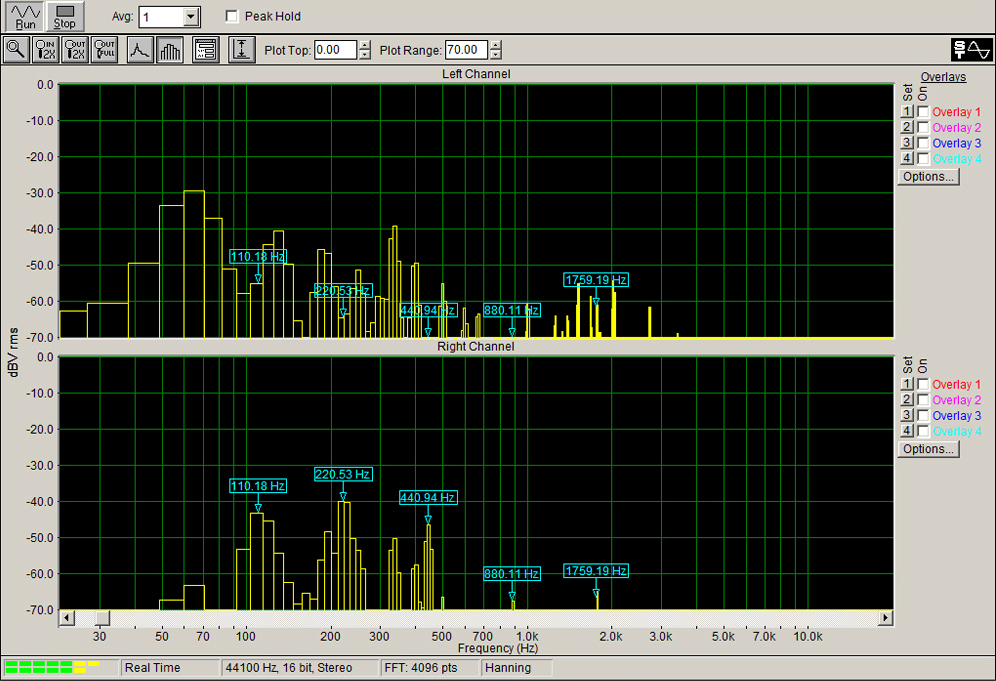
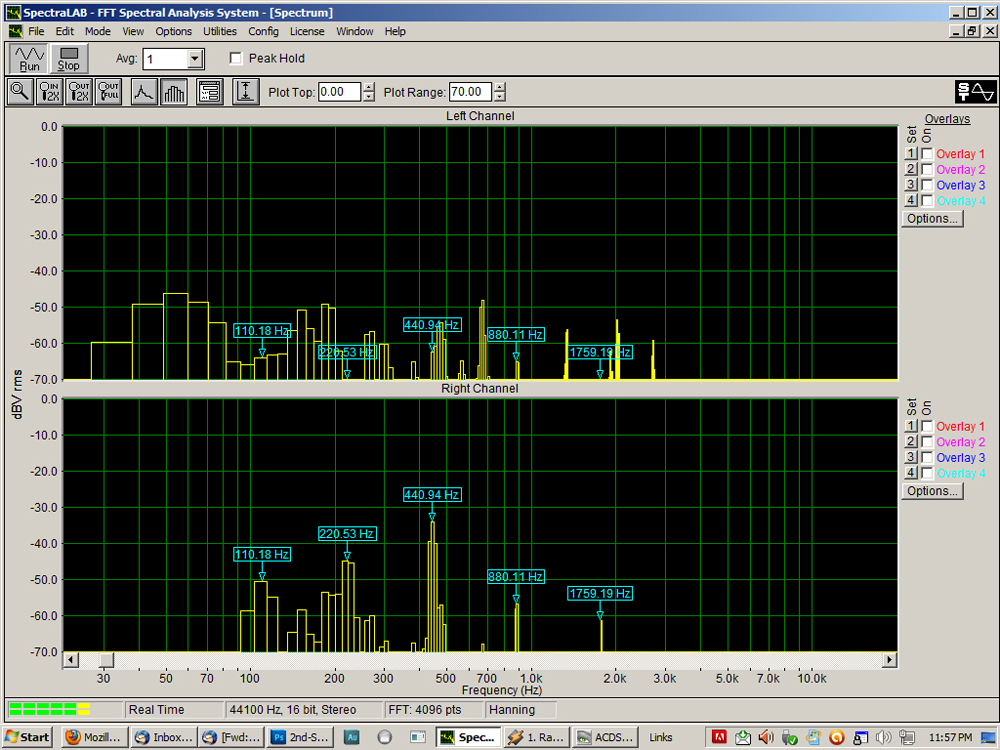
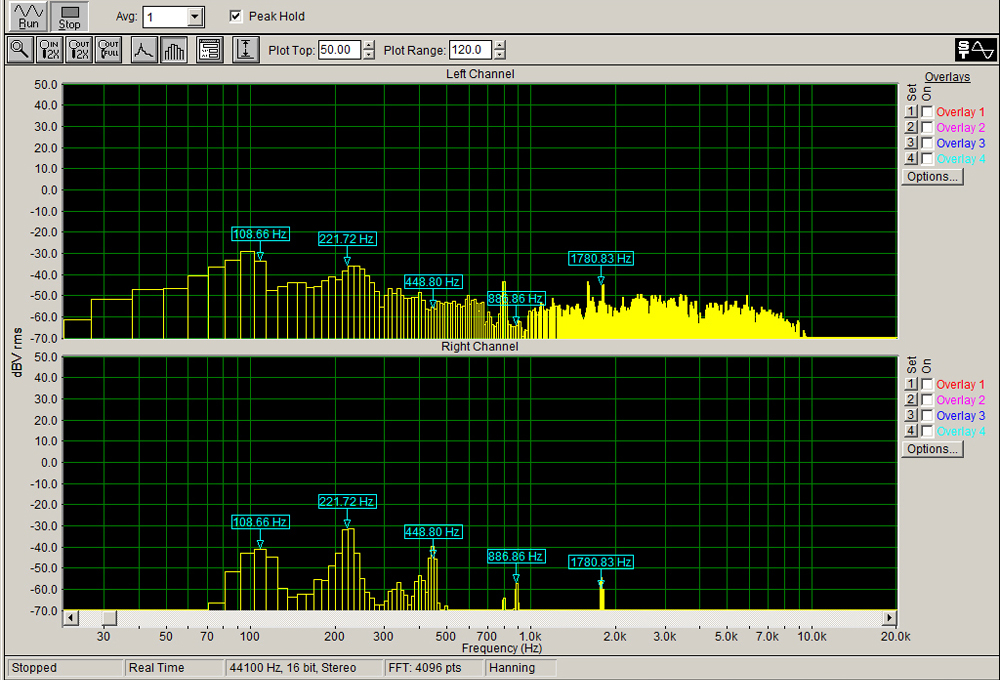
The Digital World made possible
my detective work in finding clues. Now
I have to use the analog world
of vacuum tubes to hear what we've missed.
The Missing - Phantom Fundamental Research Continues
acacia-tree-1.mp3 16.5 mb (Another original example from a recent CD).
acacia-tree-2.mp3 8.3 mb (Only the fundamental and harmonic content is now balanced in a raw organic manner)Notice the difference in between these two examples.
Acacia Tree-2 is now ready for the refinements required to complete the intended sonic reproduction application.
Egyptian-1.mp3 5 mb (Another original example from a recent CD).
Egyptian-2.mp3 5 mb (Only the fundamental and harmonic content is now balanced in a raw organic manner)Notice the difference in between these two examples.
Egyptian-2 now has a larger sonic field without any noticeable increase in volume level. The sound pressure was measured
at 10 feet centered between the playback system monitors set A weighted with fast ballistics using an analog SPL meter.
In 1965 I was playing Fender Bass in an R&B band in New Jersey. One late Saturday night I was sitting parked in my friend's 1952 Ford under WNJR's transmitter when Leon Waywood's record comes on the air. It was the first time I heard, "She's with her other love". What a Unique Sound! I had to get that record to learn the musical arrangement.
leon-1 mp3 3.2mb (The original as played straight from the turntable)
leon-2 mp3 3.2mb (With full range monitors you can notice some periotic sub low artifacts)
leon-3 mp3 3.2mb (Due to the musical arrangement and keyboard timing... these artifacts were created by the B3 organ)
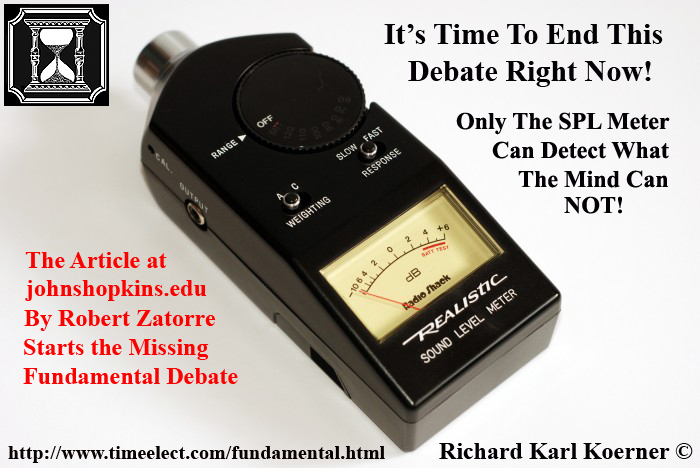
Back To The Technical Classroom Menu
| To Home Page | E - Mail Us |